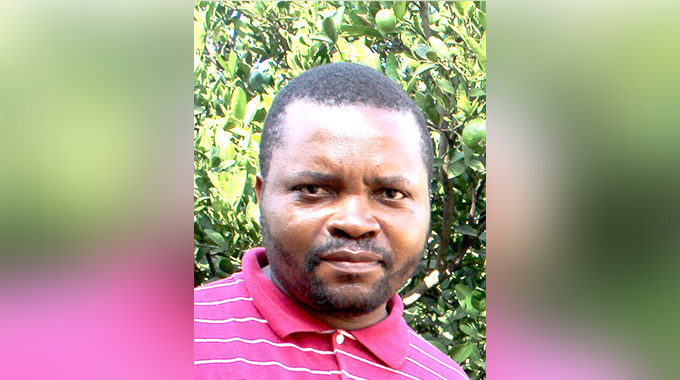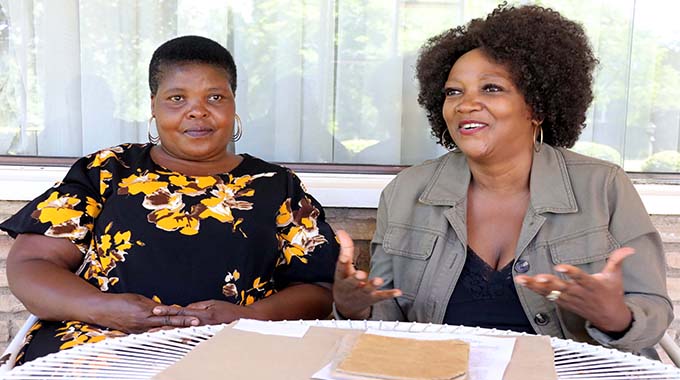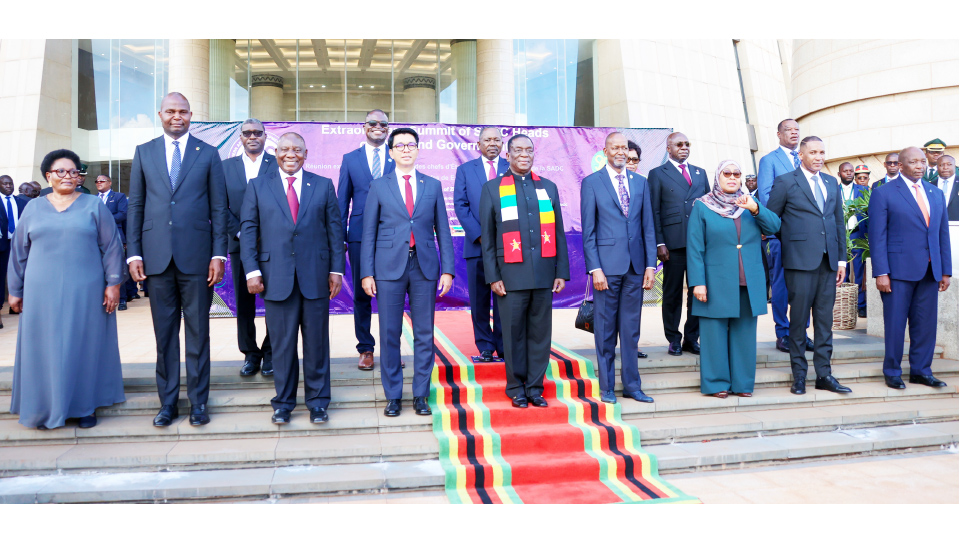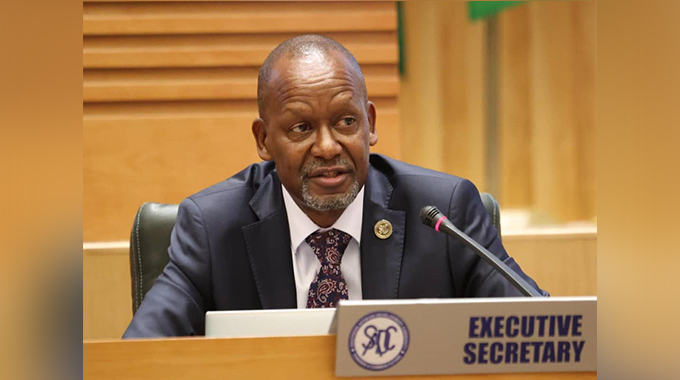
Tanaka Marindire
Herald Correspondent
In recent years, Zimbabwe has witnessed a concerning rise in the use of crystal methamphetamine among the youth. Known locally as “guka,” “dombo,” or “mutoriro,” this powerful and addictive drug has significantly impacted the mental health of young people.
Driven by an array of social, economic, and psychological factors, substance abuse affects all demographics in the country, contributing to health issues, social disruptions, and economic hardships.
The nature of crystal methamphetamine
Crystal methamphetamine is a potent stimulant that affects the nervous system, leading to increased energy, euphoria, and heightened alertness.
While these short-term effects may seem appealing, the long-term consequences can be devastating for individuals’ well-being.
Although crystal meth has been used in Zimbabwe for years, its popularity surged during the Covid-19 pandemic, which began in 2020 when due to lockdown restrictions some young people ended up idle and resorting to drug abuse.
The drug’s affordability—sometimes as low as US$1—has further fuelled its widespread use.
Because of limited job prospects and financial instability, many young people may feel marginalised and disillusioned. Substance use becomes a form of escapism.
This reliance on substance abuse not only serves to numb their pain, but also perpetuates a cycle of dependency that is difficult to break.
The mental health effects of using crystal methamphetamine are profound and multifaceted, varying based on the duration of use.
Short-term effects may include increased paranoia, anxiety, and hallucinations.
Users often develop a false sense of invincibility, leading to impulsive and reckless decisions.
Reports indicate that some youths have resorted to criminal activities, such as theft, to fund their drug habits, even selling personal belongings.
Long-term use can cause significant damage to the brain’s dopamine system, resulting in lasting mental health challenges such as depression, psychosis, and cognitive impairments.
The consequences extend beyond the individual user, affecting family and friends who bear the burden of unpredictable and erratic behaviour.
Trust issues arise, and loved ones often find themselves taking on additional responsibilities, leading to physical, psychological, and financial strain.
The impact of crystal methamphetamine use extends into families and communities.
Individuals living with users often experience heightened anxiety and stress, worrying about the user’s well-being and potential criminal behaviour.
This environment can lead to a cycle of emotional and financial hardship, as families may need to cover medical expenses or cope with the fallout of drug-related activities.
Addressing the crystal methamphetamine crisis requires a comprehensive approach involving multiple stakeholders. Public awareness campaigns such as roadshows and sporting events can educate the community about the dangers of drug use and its long-term mental health consequences.
Schools, community organisations, and religious centres can disseminate information and provide support to at-risk youth.
Mental health practitioners must be equipped with the necessary resources, including medications and therapeutic techniques, to assist youths struggling with addiction. Establishing affordable, high-quality rehabilitation centres is crucial for effective treatment and recovery.
Law enforcement also plays a vital role in combating the crisis by disrupting the supply chain of crystal methamphetamine. Stricter penalties for those involved in the distribution and sale of the drug can help deter its proliferation among the youth.
Community members can contribute significantly to addressing the crystal methamphetamine issue.
Residents can organise meetings to educate youths about the adverse effects of drug use, fostering open dialogue and support. Involving families of users in these discussions can lead to collaborative solutions and a stronger support network for those in need.
The crystal methamphetamine crisis in Zimbabwe is a complex issue that demands a multifaceted response.
By raising awareness, enhancing mental health support, and involving law enforcement and community members, it is possible to combat the devastating effects of this drug on the nation’s youth and their families.
Collective action is essential for creating a healthier, more resilient society capable of overcoming the challenges posed by substance abuse.
Tanaka John Marindire is Master Counselling Psychology student at Great Zimbabwe University Feedback: marincejohn7@gmail.com. Phone: 263775571805










